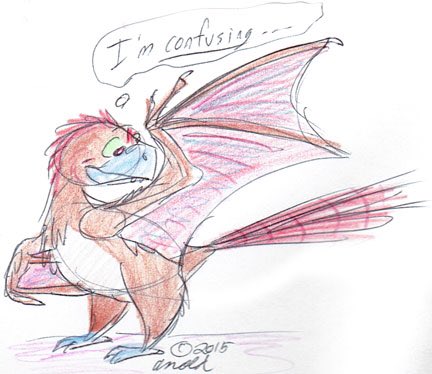birdABCのTwitterイラスト検索結果。 39 件
Y is for Yi qi! 🐥🤯
I hope you’re okay with more weirdness today. Just like waaay back with letter D, we’re using a loose definition of “Bird”, but I’d be remiss not to have this funky little dinosaur for Y. Like, LOOK at them!
#BirdABC #TeamBird #Dinocember #ArtAdventCalendar
V is for Vulture!
In the Americas, our vultures, like this beautiful Turkey Vulture (with bonus raven roommate) are technically Condors and I tend to identify them as such. Makes people look at them with a bit more respect.
#BirdABC #TeamBird #ArtAdventCalendar #Dinocember
R is for Robin!
Specifically the American Robin, who nested near my garage a few years ago.
#BirdABC #TeamBird #DrawDinovember
P is for _Poecile atricapillus_, the Black-Capped Chickadee! 😍😍😍
What more needs to be said? These birds are The Cutest Thing Ever.
#BirdABC #TeamBird #DrawDinovember #Chickadee






























